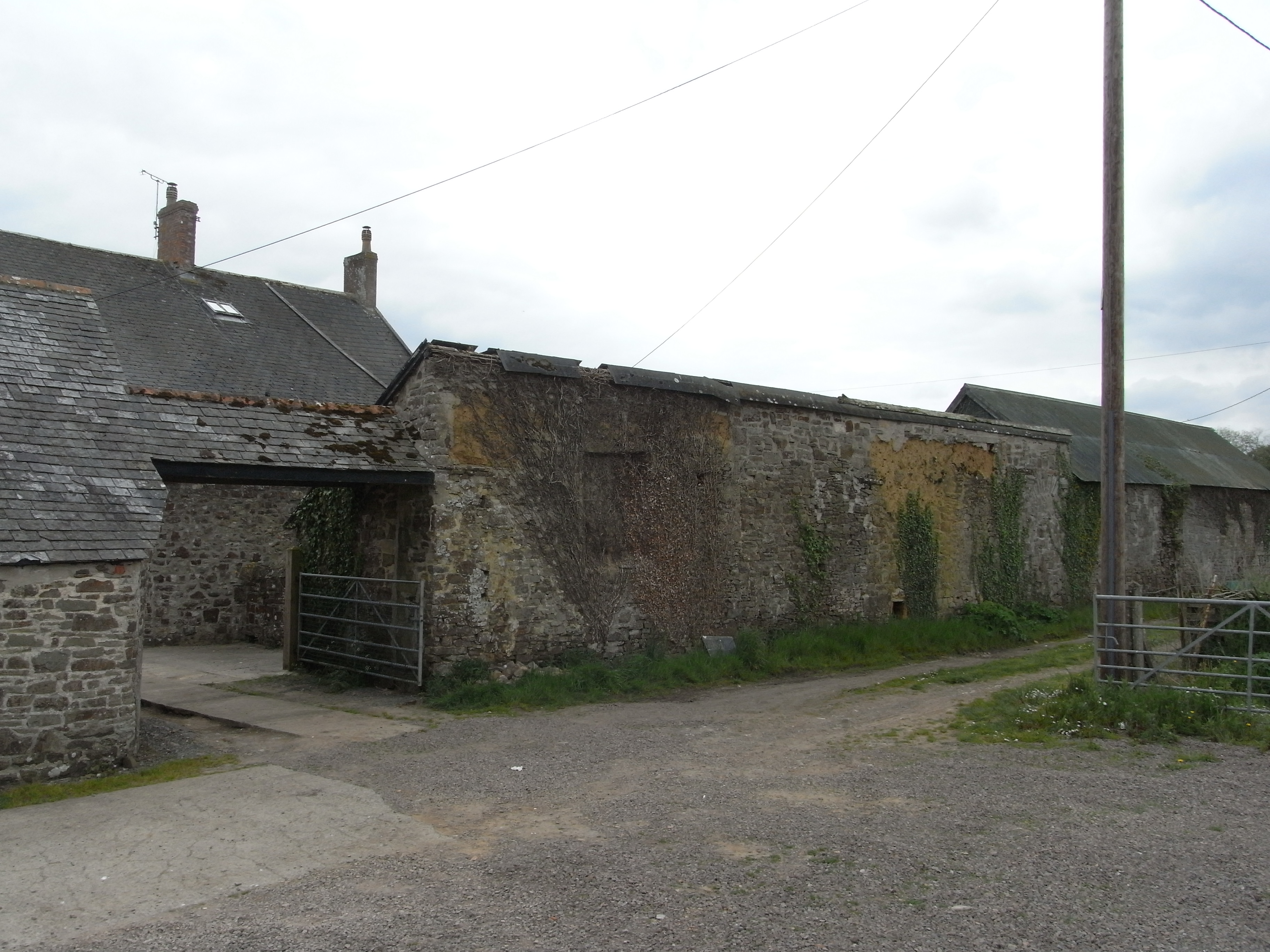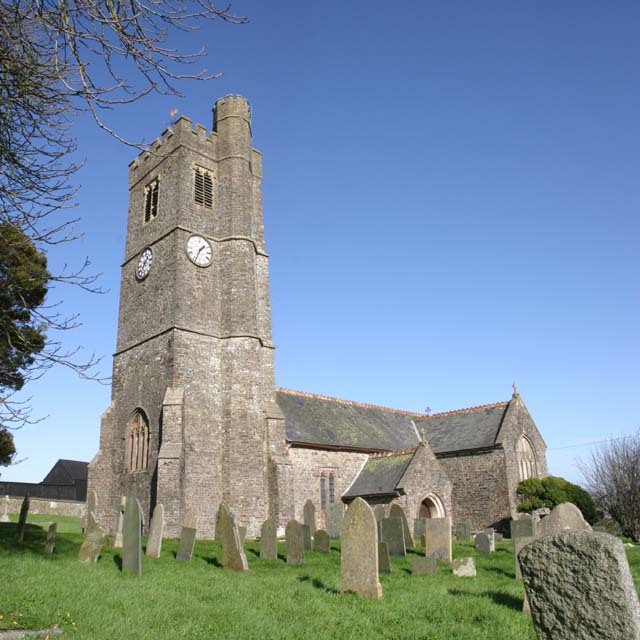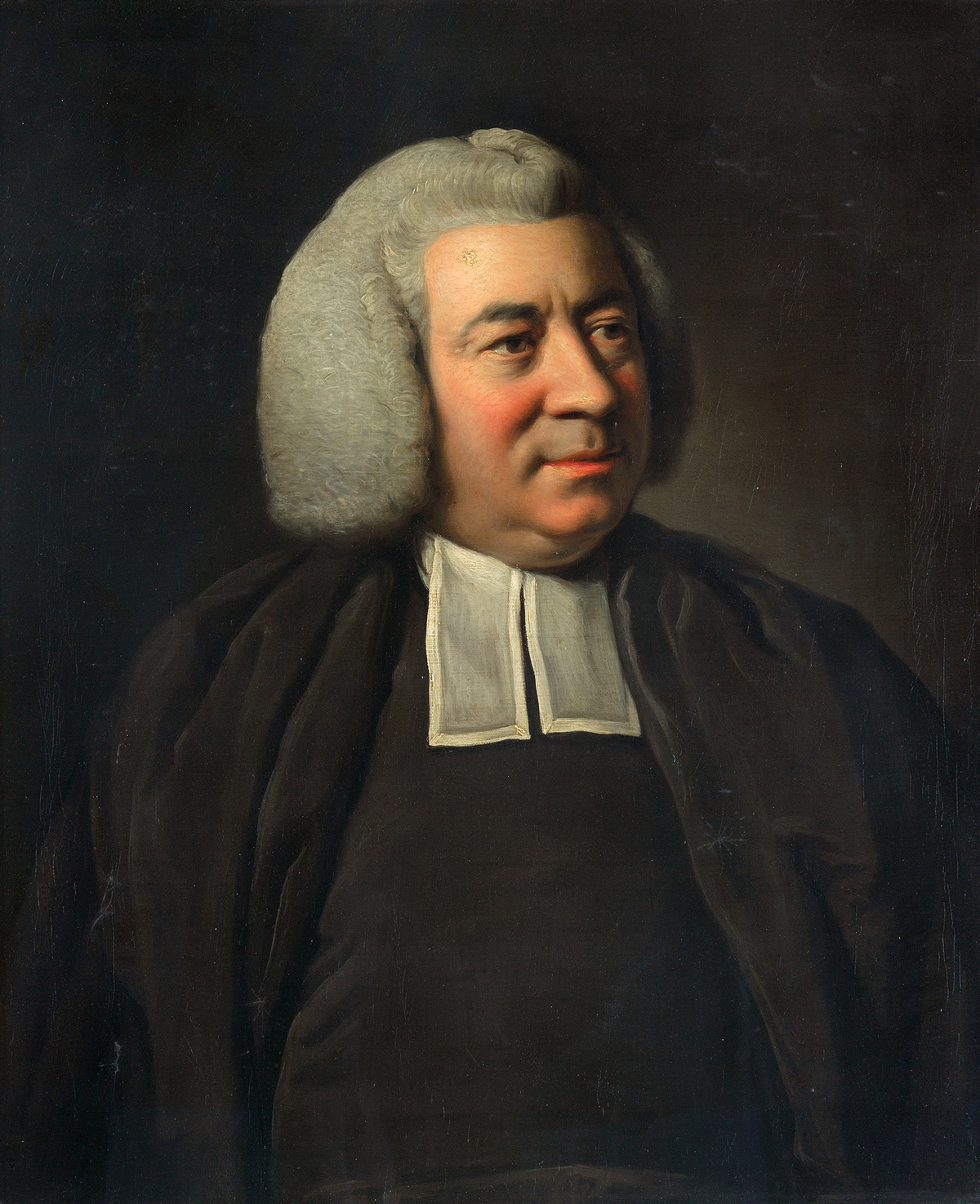|
Umberleigh Chapel
The Chapel of the Holy Trinity at Umberleigh is a ruinous mediaeval chapel in north Devon, England, largely demolished according to Lysons (1822) in about 1800. It stands next to Umberleigh House, the manor house of Umberleigh, which still survives in the form of a large Georgian farmhouse. The ruins together with the adjoining Umberleigh House were granted a Grade I listed status on 25 February 1965. According to Tristram Risdon (d.1640) the Devon historian, the site was originally a royal palace of the Saxon King Athelstan and was later a mediaeval mansion house by successive inheritance of the Solery (or de Soligny), Champernoun, Willington, Beaumont and Bassett families. The chapel, manor house and estate of 400 acres with 7 cottages is today the property of the Andrews family, which purchased the freehold of the property in 1917 but had been long-standing tenants of the Bassett family from about 1840. The south wall of the chapel survives and today forms the back wall of ... [...More Info...] [...Related Items...] OR: [Wikipedia] [Google] [Baidu] |
Atherington, Devon
Atherington is a village and civil parish in the North Devon district of Devon, England, about 8 miles south of Barnstaple. According to the 2001 census the parish had a population of 391. The church of St Mary is Perpendicular and was restored by J. L. Pearson in 1884. The church has a screen and gallery dating back 400 years, as well as a roodloft stairway of the same age. In the loft are Elizabethan heraldic panels. There is also a 15th-century screen across the chancel, and a font of the same period. The north aisle part of the screen retains the original canopy and as such is unique in Devon (it was carved by two craftsmen from Chittlehampton c. 1540). The chancel section was brought here from Umberleign c. 1800. The benches have elaborate carved ends, and there is some very old stained glass.Betjeman, John, ed. (1968) ''Collins Pocket Guide to English Parish Churches; the South''. London: Collins; p. 159 Umberleigh railway station is located in the nearby village of Umbe ... [...More Info...] [...Related Items...] OR: [Wikipedia] [Google] [Baidu] |
Grade I Listed Ruins
Grade most commonly refers to: * Grade (education), a measurement of a student's performance * Grade, the number of the year a student has reached in a given educational stage * Grade (slope), the steepness of a slope Grade or grading may also refer to: Music * Grade (music), a formally assessed level of profiency in a musical instrument * Grade (band), punk rock band * Grades (producer), British electronic dance music producer and DJ Science and technology Biology and medicine * Grading (tumors), a measure of the aggressiveness of a tumor in medicine * The Grading of Recommendations Assessment, Development and Evaluation (GRADE) approach * Evolutionary grade, a paraphyletic group of organisms Geology * Graded bedding, a description of the variation in grain size through a bed in a sedimentary rock * Metamorphic grade, an indicatation of the degree of metamorphism of rocks * Ore grade, a measure that describes the concentration of a valuable natural material in the surroun ... [...More Info...] [...Related Items...] OR: [Wikipedia] [Google] [Baidu] |
Grade I Listed Churches In Devon
Grade most commonly refers to: * Grade (education), a measurement of a student's performance * Grade, the number of the year a student has reached in a given educational stage * Grade (slope), the steepness of a slope Grade or grading may also refer to: Music * Grade (music), a formally assessed level of profiency in a musical instrument * Grade (band), punk rock band * Grades (producer), British electronic dance music producer and DJ Science and technology Biology and medicine * Grading (tumors), a measure of the aggressiveness of a tumor in medicine * The Grading of Recommendations Assessment, Development and Evaluation (GRADE) approach * Evolutionary grade, a paraphyletic group of organisms Geology * Graded bedding, a description of the variation in grain size through a bed in a sedimentary rock * Metamorphic grade, an indicatation of the degree of metamorphism of rocks * Ore grade, a measure that describes the concentration of a valuable natural material in the surroundin ... [...More Info...] [...Related Items...] OR: [Wikipedia] [Google] [Baidu] |
Ovid
Pūblius Ovidius Nāsō (; 20 March 43 BC – 17/18 AD), known in English as Ovid ( ), was a Roman poet who lived during the reign of Augustus. He was a contemporary of the older Virgil and Horace, with whom he is often ranked as one of the three canonical poets of Latin literature. The Imperial scholar Quintilian considered him the last of the Latin love elegists.Quint. ''Inst.'' 10.1.93 Although Ovid enjoyed enormous popularity during his lifetime, the emperor Augustus banished him to Tomis, a Dacian province on the Black Sea, where he remained a decade until his death. Overview A contemporary of the older poets Virgil and Horace, Ovid was the first major Roman poet to begin his career during Augustus's reign. Collectively, they are considered the three canonical poets of Latin literature. The Imperial scholar Quintilian described Ovid as the last of the Latin love elegists.Quint. ''Inst.'' 10.1.93 He enjoyed enormous popularity during his lifetime, but the emperor Augus ... [...More Info...] [...Related Items...] OR: [Wikipedia] [Google] [Baidu] |
Crusades
The Crusades were a series of religious wars initiated, supported, and sometimes directed by the Latin Church in the medieval period. The best known of these Crusades are those to the Holy Land in the period between 1095 and 1291 that were intended to recover Holy Land, Jerusalem and its surrounding area from Muslim conquests, Islamic rule. Beginning with the First Crusade, which resulted in the recovery of Jerusalem in 1099, dozens of Crusades were fought, providing a focal point of European history for centuries. In 1095, Pope Pope Urban II, Urban II proclaimed the First Crusade at the Council of Clermont. He encouraged military support for List of Byzantine emperors, Byzantine emperor Alexios I Komnenos, AlexiosI against the Seljuk Empire, Seljuk Turks and called for an armed pilgrimage to Jerusalem. Across all social strata in western Europe, there was an enthusiastic response. The first Crusaders had a variety of motivations, including religious salvation, satisfying feud ... [...More Info...] [...Related Items...] OR: [Wikipedia] [Google] [Baidu] |
Sir John Bassett
''Sir'' is a formal honorific address in English for men, derived from Sire in the High Middle Ages. Both are derived from the old French "Sieur" (Lord), brought to England by the French-speaking Normans, and which now exist in French only as part of "Monsieur", with the equivalent "My Lord" in English. Traditionally, as governed by law and custom, Sir is used for men titled as knights, often as members of orders of chivalry, as well as later applied to baronets and other offices. As the female equivalent for knighthood is damehood, the female equivalent term is typically Dame. The wife of a knight or baronet tends to be addressed as Lady, although a few exceptions and interchanges of these uses exist. Additionally, since the late modern period, Sir has been used as a respectful way to address a man of superior social status or military rank. Equivalent terms of address for women are Madam (shortened to Ma'am), in addition to social honorifics such as Mrs, Ms or Miss. Etymol ... [...More Info...] [...Related Items...] OR: [Wikipedia] [Google] [Baidu] |
Charles Alfred Stothard
Charles Alfred Stothard (5 July 1786 – 28 May 1821) was an English antiquarian draughtsman, with a special interest in monumental effigies. Life Stothard was born in London, the son of the painter, Thomas Stothard. He was educated at a school run by a Mr Dearne, and then became a private pupil of the Rev Robert Burnside. He studied at the Royal Academy from 1807, and began his first historical picture, the ''Death of Richard II in Pomfret Castle'' three years later. His depiction of the king was based closely on the effigy on his tomb in Westminster Abbey. He soon abandoned the historical painting for a project which he hoped would be more remunerative, ''The Monumental Effigies of Great Britain''. He published the first part in 1811; an accompanying advertisement explained that its purpose was to supply historical painters with accurate details of costume up to the reign of Henry VIII, to illustrate history and biography, and to provide accurate information on dress for ... [...More Info...] [...Related Items...] OR: [Wikipedia] [Google] [Baidu] |
Dean Milles' Questionnaire
Rev. Jeremiah Milles (1714–1784) Bodleian Library, Oxford. Accessed 26 November 2016. was President of the Society of Antiquaries and between 1762 and 1784. He carried out much internal renovation in . As part of his antiquarian research into the history of the parishes of Devon he pioneered the use of the research questionnaire, which resulted in the "Dean Milles' Questionnaire", which survives as a valuable source ... [...More Info...] [...Related Items...] OR: [Wikipedia] [Google] [Baidu] |






